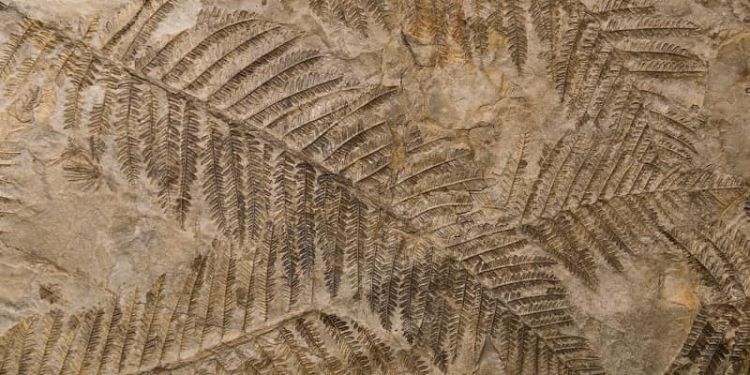Palaeoclimate

The palaeoclimate group blends climatology, oceanography, palaeontology, sedimentology, geochemistry and glaciology in order to understand the evolution of our planet’s climate and environment. To do this, we use a range of physically based computer simulation models, climate/ocean proxy data and statistical methods. This makes it possible to evaluate the ability of current climate models to reproduce past climate. Through this we are able to assess the predictive skill of these models, which is vital in the context of future climate change.
We examine different climate states at times in Earth’s past that were much warmer than today, that had atmospheric greenhouse gas concentrations similar to today, and that had higher sea level than today. We work on cold climates in order to explore the interactions between Earth’s great ice sheets, the oceans and atmosphere. We also research abrupt climate transitions (warmings, coolings and changes in monsoons) to understand the thresholds and mechanisms that trigger rapid environmental change, and the Earth’s responses to such events.
The overall aim of our work is to understand how we reached the current climate state, to gain better knowledge of the processes that Earth could experience in the near future, and to make sure our models have the ability to simulate the Earth System well.
Our research has international reach. For example, here at Leeds we lead two of the Paleoclimate Model Intercomparison Project (PMIP) working groups, contributing to CMIP6:
- The Last deglaciation (26-0 thousand years ago): focus on ice-ocean-atmosphere interactions
- The Mid Pliocene Warm Period (~ 3.3-3 million years ago): focus on 400 ppmv CO2 world
Our collaborators
- Palaeo Leeds - Umbrella group for Palaeontology and Palaeoclimate at the University of Leeds
- BAS - British Antarctic Survey BGS - British Geological Survey
- BGS - British Geological Survey
- BRIDGE - Bristol Research Initiative for the Dynamic Global Environment Met Office
- Met Office
- NCAS - National Centre for Atmospheric Sciences
- PlioMIP 2 - Pliocene Modelling Intercomparison Project 2
- PMIP 4 - Palaeoclimate Modelling Intercomparison Project 4
- CMIP 6 - Coupled Model Intercomparison Project Project 6
- PRISM4 - Pliocene Research Interpretation and Synoptic Mapping project
Contact us
If you would like to discuss an area of research in more detail please contact: Dr Ruza Ivanovic.

